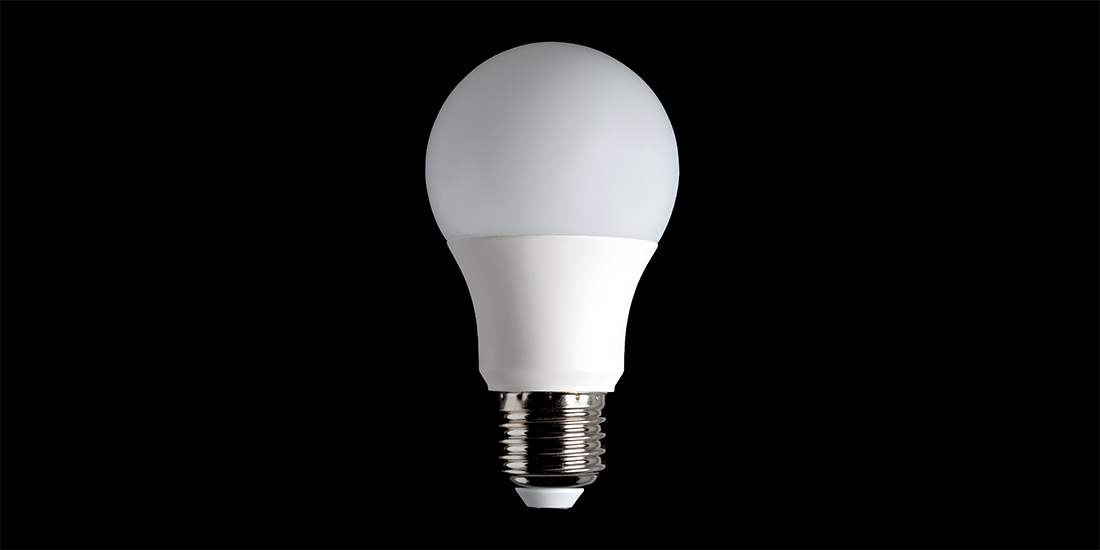
Q: Buying a new home was expensive enough, but my utility bills are through the roof! How can I cut them down to size?
A: One of the best ways to save energy and money is transitioning to a greener home.
Being environmentally conscientious doesn’t just help the earth, it can also reduce your living expenses. Going green might initially seem more expensive, but for most households the long-term savings are significant. You can reduce your water use, slash your energy bill, and help create a sustainable lifestyle with these five simple home updates.
LED Lights
One of the easiest ways to lower your electric bill is switching to LED bulbs. LED lights draw much less energy than traditional lighting and are more cost-effective over time since they last much longer. Most LEDs have a 10-year lifespan, reducing the need to regularly replace bulbs. Your local utility company may even offer instant rebates on LED bulbs and fixtures, making them even more cost-effective.
Low-Flow Water Fixtures
If your bathroom or kitchen lack water-saving appliances, water isn’t the only thing going down the drain—you’re losing money every time you rinse your hands, flush the toilet, or wash the dishes. Low-flow options, including toilets, sinks, and showerheads, use significantly less water per minute than older models. There is a common misconception that low-flow fixtures exert less water pressure. By using a high-pressure setting, low-flow faucets can produce the same pressure levels while still using less water than older, less-efficient fixtures.
Insulation
Properly insulating your home is a great way to save energy and reduce your carbon footprint. If your home is poorly insulated, you can feel air—and money—slipping through the cracks. By upgrading your home’s insulation, you can reduce your heating and cooling bills up to 50%. The attic is a great place to start, because adding insulation there is easy, quick, and cost-effective. As a rule, the more insulation you add the more money you will save.
Smart Home Technology
Smart home systems are becoming an increasingly popular way for homeowners to conserve energy and reduce utility bills. Smart thermostats, like Kirio, optimize your home’s temperature based on your habits. When you leave home, the system automatically turns off, preventing unnecessary energy use. Smart lights are another easy way to cut energy costs. Many of these devices use motion sensors to turn off lights when you exit a room and can be controlled by voice, making them incredibly convenient to use.
Energy-Efficient Appliances
Home appliances, including washing machines, dryers, refrigerators, and dishwashers, account for roughly 20% of the average home’s electricity bill. Upgrading to Energy Star qualified appliances can save you hundreds of dollars every year. For example, Energy Star washing machines use 40–50% less energy and 50% less water than their less-efficient counterparts. Look for the yellow EnergyGuide label attached to most appliances to compare energy use with similar models. The more energy-efficient, the lower the operating costs. As a bonus, rebates are often available when purchasing Energy Star qualified appliances.
By implementing one or more of these energy- and water-saving tips, you can blast away a large chunk of your utility costs and achieve much lower bills and a much more sustainable lifestyle.
Anthony Maschmedt is the principal of Dwell Development, a member of the Master Builders Association of King and Snohomish Counties (MBAKS). If you have a home improvement, remodeling, or residential homebuilding question you’d like answered by one of MBAKS’ nearly 2,800 members, write to homework@mbaks.com.